From development land, residential land to townhomes whatever you are looking for RPM has the ideal location for you.
From development land, residential land to townhomes whatever you are looking for RPM has the ideal location for you.

Development Land
Specialists in sourcing and selling development land for commercial and residential projects. Explore current and past opportunities.
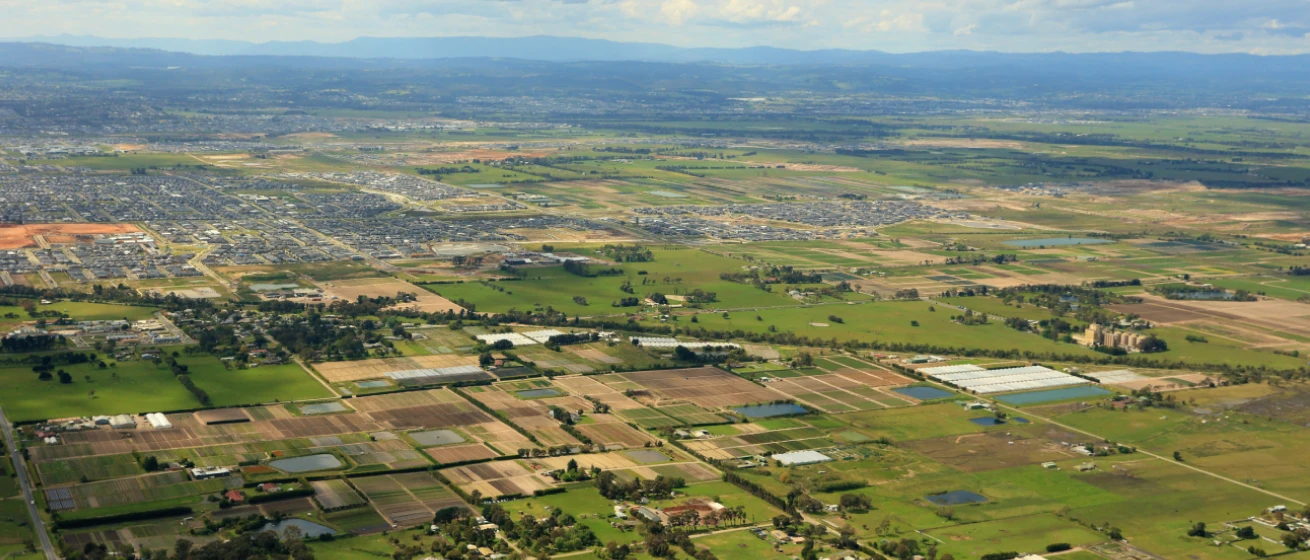
Residential Land
Across Australia’s East coast RPM has the ideal land to suit your lifestyle and dream home, explore the projects RPM is proud to be partners in selling.
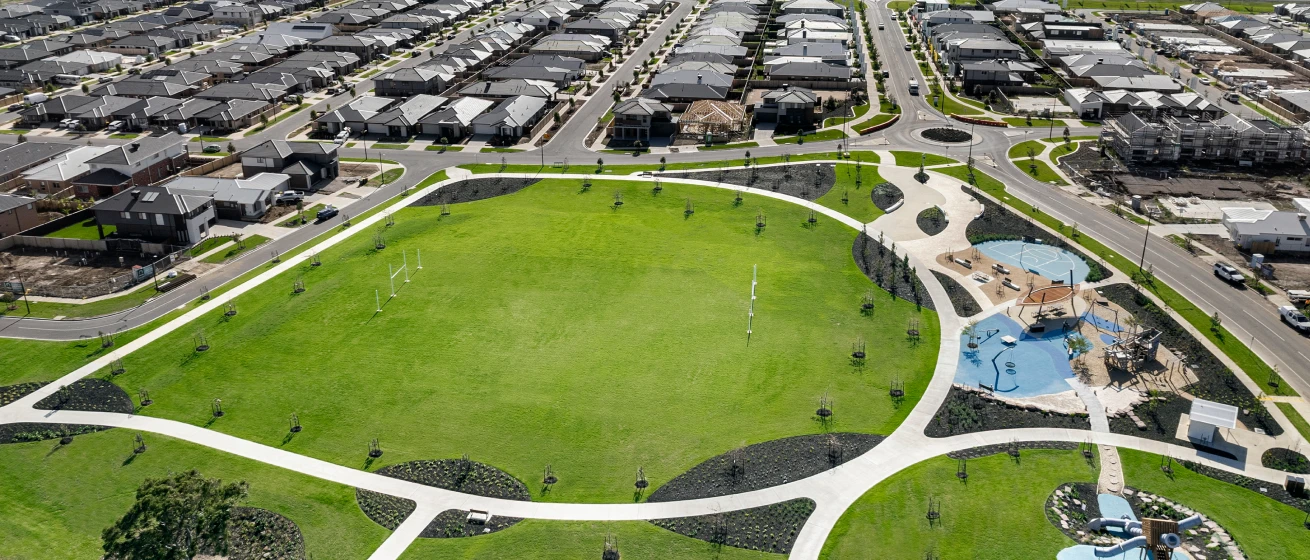
Townhomes
With townhouses to suit every lifestyle and budget, find your perfect home today.
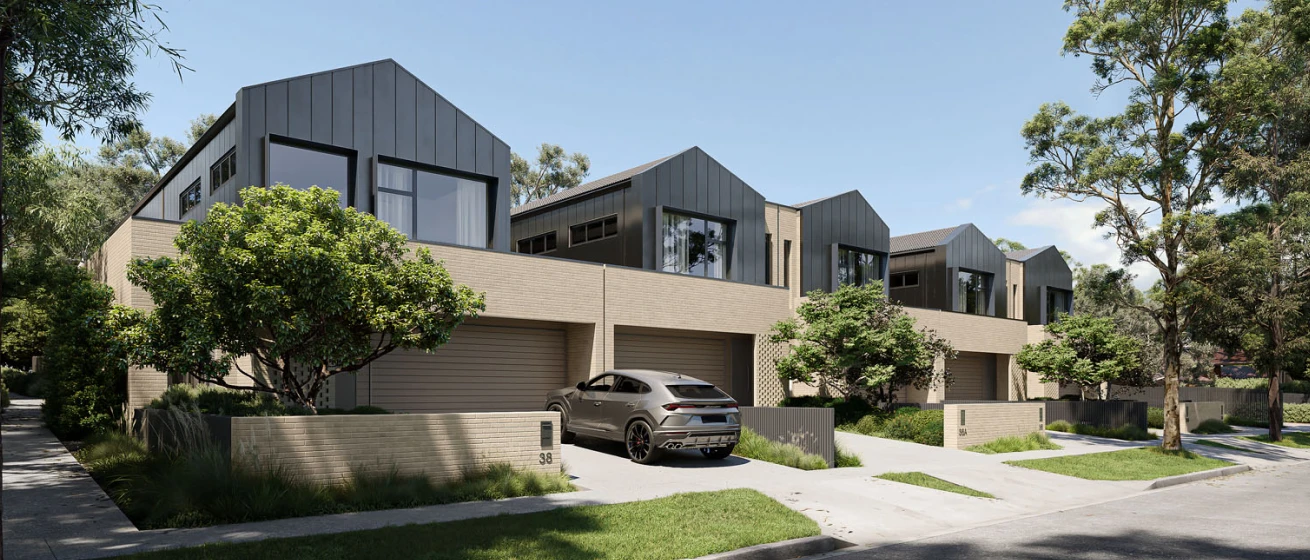
Apartments
Inner city & coastal new apartment projects. Explore our projects to find your perfect location and style of living.
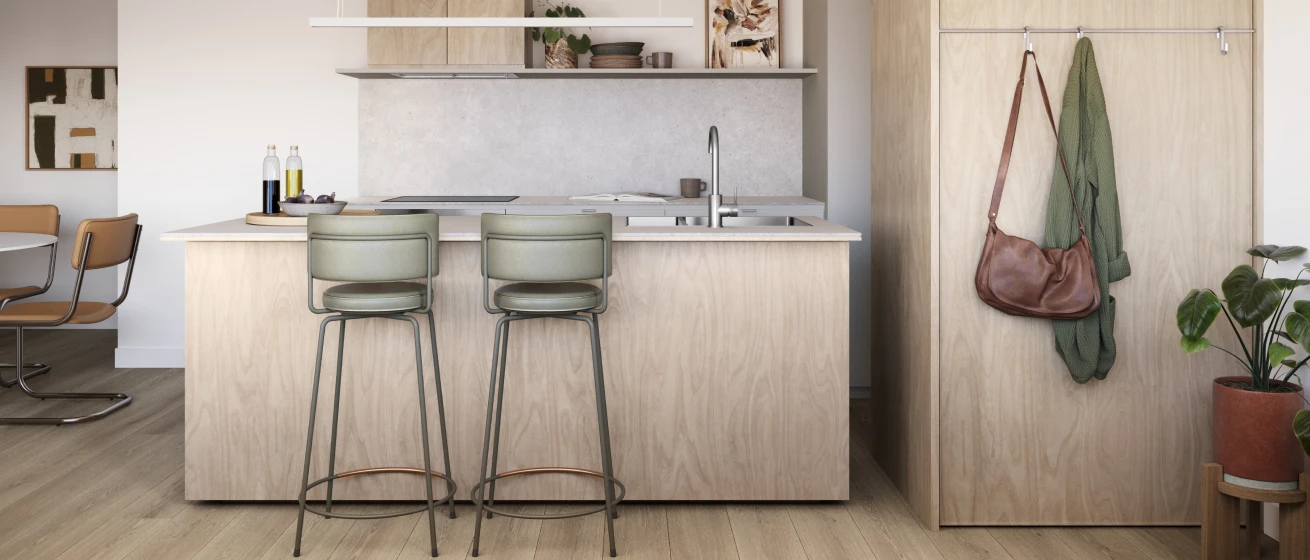
RPM offer a comprehensive suite of professional services at every stage of your property journey.
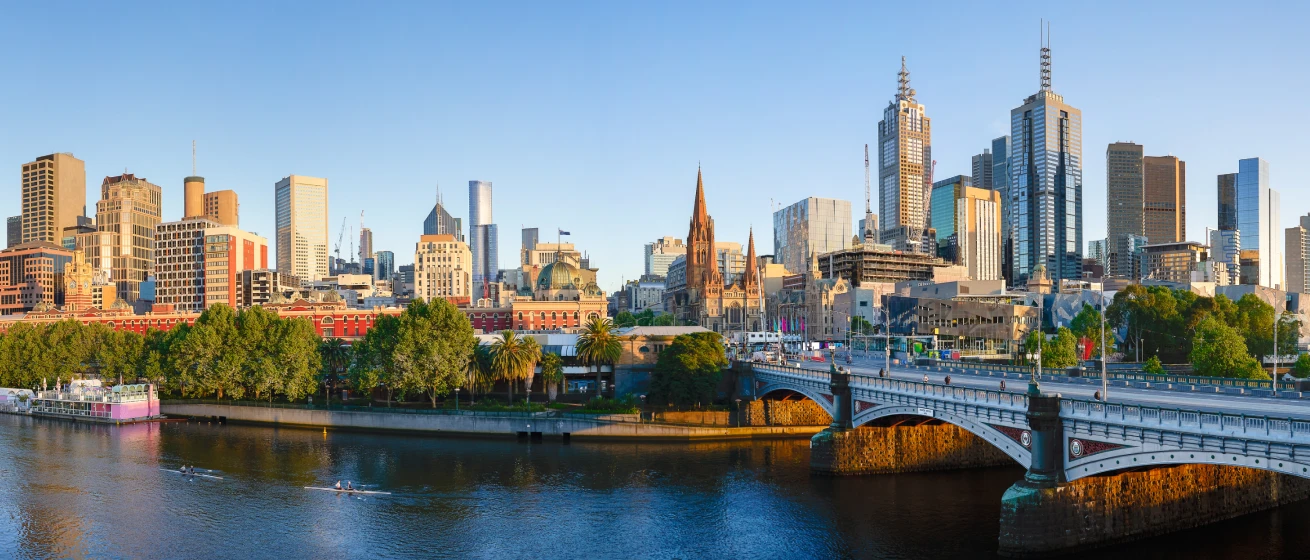
RPM offer a comprehensive suite of professional services at every stage of your property journey.
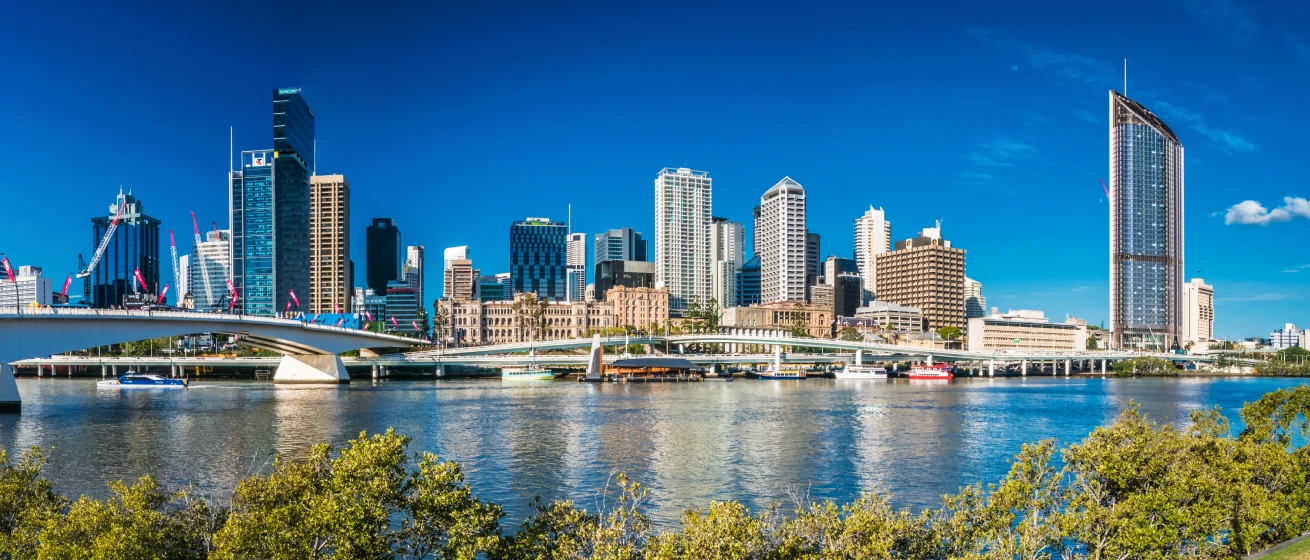
Pioneering new benchmarks in property intelligence, know-how, and data-driven insights, read the RPM Group's story.
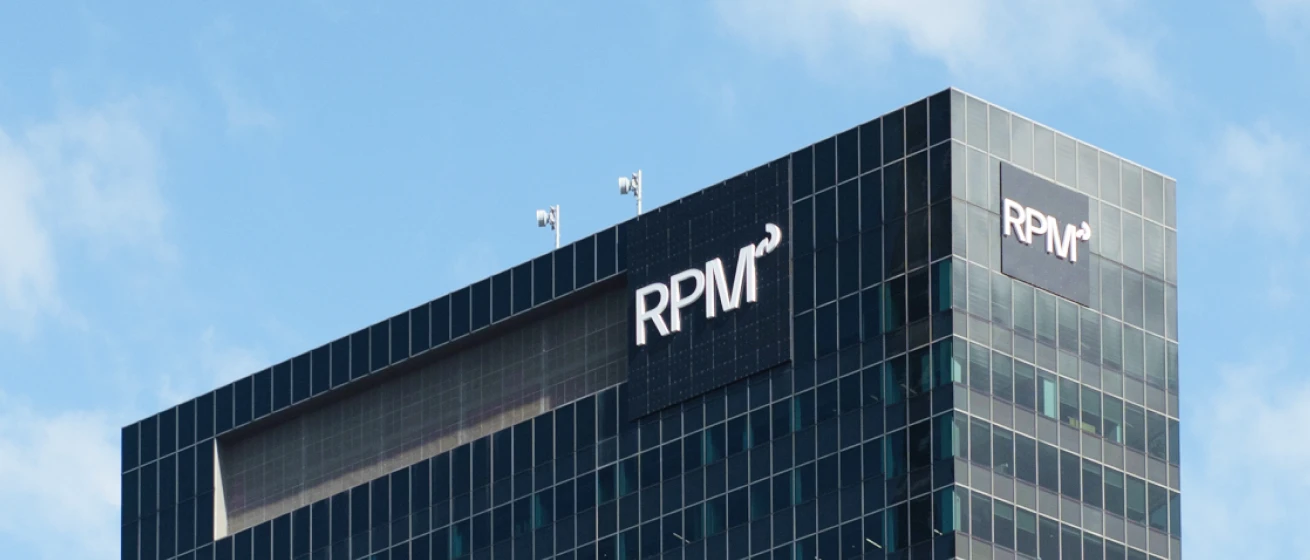
Our Story
Since 1994, RPM has grown to become the industry-leader with an expanding national presence; offering a comprehensive suite of services

Our Team
The heart of our business are the people who make it thrive. Discover the passion and dedication of our national team.
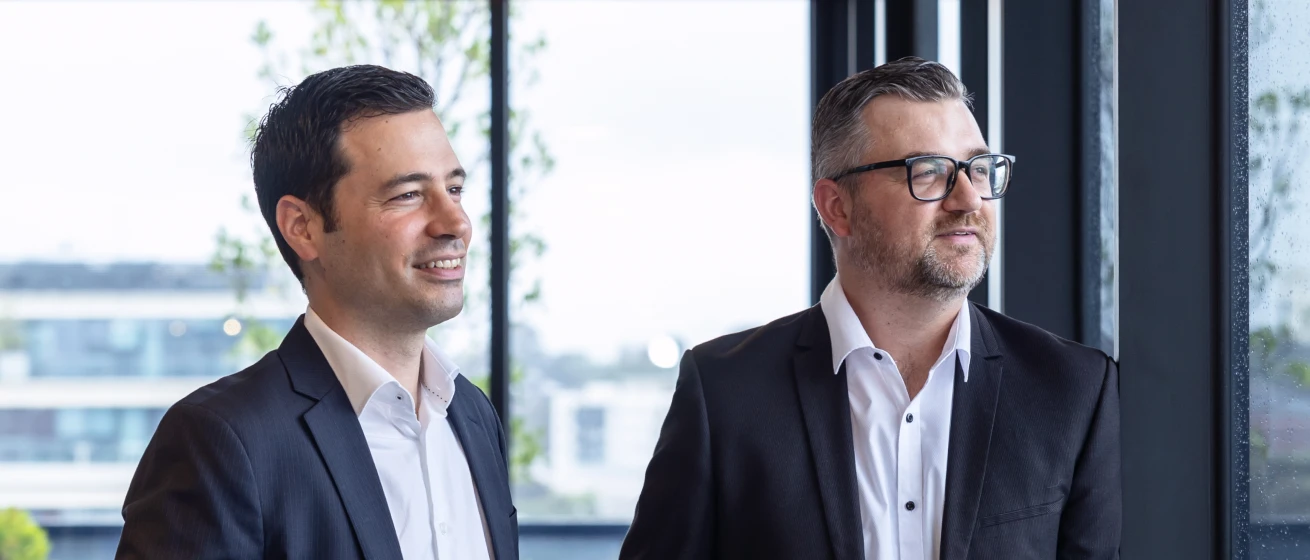
Careers
Our team of property experts is truly unparalleled. See how you can join this exceptional group and shape your future with us.

31.07.2020

RPM: How did Victoria’s property market perform in Q2?
The fundamental housing picture is still weak, but we can see some light at the end of the tunnel, thanks to the boost provided by the HomeBuilder initiative. Even though Melbourne appears to be one of the hardest hit capital cities, we’re only seeing housing prices fall one to one and a half per cent monthly at the moment – far from the extreme predictions many were making early in the COVID-19 crisis. Consistent with previous downturns, the top end of the market is dropping faster than the lower end, but we anticipate it will also rebound more rapidly as has historically been the case.
The rental market, however, has been impacted far more severely. With a 60% increase in listings in Inner-Melbourne and Inner-Sydney propelled by the lack of foreign students and many AirBNB properties being converted to traditional leases, vacancies are up and rents are dropping fast. And it’s not looking likely to turn around for some time yet.
RPM: What are the key economic and property drivers in the current climate?
From an economic perspective, it’s likely that Q2 will be the worst we’ll see. GDP is not likely to hit pre-crisis levels until at least 2022, but in the short term, the labour market and unemployment rates are much more Important and more timely indicators.

We’re now sitting at just over seven per cent unemployment, but with millions on JobKeeper not captured as they remain technically employed, the numbers are realistically closer to those we saw in the early 90s recession. Around one in five of Australia’s workforce are impacted, with up to 20% underemployed, and job losses and reductions are now more widespread than the initially hard-hit sectors. While continued support like JobKeeper is important for confidence and reducing the likelihood of a spike in unemployment, genuine improvement in this space is going to take time, and even those who remain gainfully employed may be facing weaker wages growth for a period of time. 
An intriguing example of new, timely data is how much people are travelling, as it tends to align with spending patterns. While we saw an understandable drop when the country went into initial lockdown in March, interestingly, the data shows that Melbourne’s driving decreased sharply again even before the second lockdown was implemented. From a broader economic point of view, there has been a similar pattern in consumer spending and confidence. Retail spending had started to recover in Victoria, but with the second lockdown, it has again regressed.
RPM: Do you have any predictions on how the property market, and broader economy, will fare in the short, medium or long term?
I think there’s a lot to look forward to, but we’ve got a pretty challenging period to get through first. There is widespread talk about the potential drop in housing prices of up to 10 or 15 per cent, but while those numbers sound dramatic, property is cyclical, and we’ve seen that sort of trough and recovery as recently as 2017. There are so many moving parts that form part of the story aside from the headline price numbers, though. The hardest to predict is when migration will turn around, which has a material impact on property demand, but at least in the near term Government stimulus and support from banks and regulatory bodies will play a big role in supporting consumer confidence.
We saw an immediate impact following the introduction of HomeBuilder, but there is risk that if the initiative is not extended past December, it may create a vacuum of demand. Jobkeeper will potentially be even more important in the medium term than HomeBuilder, as it has a broader reach across the population, and having the extension confirmed in July has provided a level of certainty that we are not approaching a fiscal cliff come September.
The property industry will be challenged by the lack of migration, but there are some emerging trends, and associated opportunities, that remain strong. Regional areas are generally a more resilient market, and with more people than ever experiencing working from home throughout lockdown, the trend towards regional movement may have even been accelerated by the past months. The other growth area is owner occupiers looking to downsize. This market has long-term potential given the number of baby boomers entering retirement, looking for smaller, quality properties with less maintenance.
I think we have to remember that all of this is temporary and Australia remains an attractive place to live. With the promise of employment growth and open borders in the future, property demand will never completely abate.
You can see how this popup was set up in our step-by-step guide: https://wppopupmaker.com/guides/auto-opening-announcement-popups/
